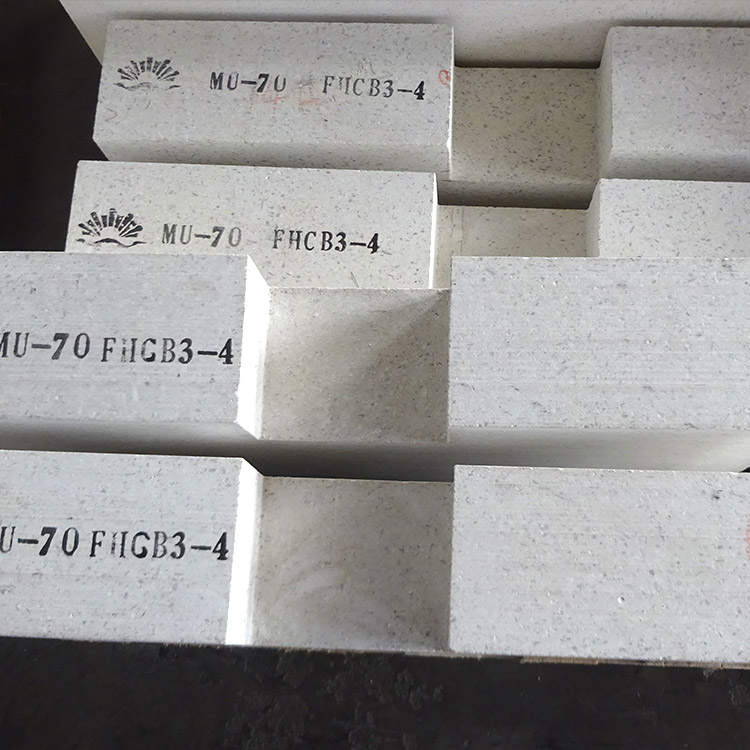.jpg?x-oss-process=image/resize,h_1000,m_lfit/format,webp)
In critical industrial sectors such as glass manufacturing, steelmaking, and petrochemicals, high-performance zircon bricks play an indispensable role. For example, in a large - scale glass production line, these bricks are used in the melting furnace, where they withstand extremely high temperatures and corrosive environments, ensuring stable and efficient operation of the production process. This article will take you on a detailed exploration of high - performance zircon bricks, from raw materials to manufacturing processes.
α - Al2O3 is a key raw material for high - performance zircon bricks. It has high hardness, excellent thermal stability, and chemical inertness. With a purity of over 95%, α - Al2O3 can significantly improve the wear resistance and high - temperature strength of zircon bricks. In high - temperature environments above 1500°C, it helps the bricks maintain their structural integrity, reducing the risk of cracking and deformation.
Partially stabilized zirconia provides high fracture toughness to zircon bricks. When the brick is under stress, the phase transformation of partially stabilized zirconia can absorb energy, preventing crack propagation. Zircon bricks with about 20% partially stabilized zirconia content can increase their fracture toughness by approximately 30% compared to ordinary bricks, enhancing their durability in harsh working conditions.
Zirconia - alumina clinker combines the advantages of zirconia and alumina. It has good thermal shock resistance and corrosion resistance. In a glass melting furnace, where the temperature fluctuates frequently, zircon bricks containing zirconia - alumina clinker can better adapt to these temperature changes, with a thermal shock resistance that can reach up to 10 - 15 cycles without significant damage.
The mixing process ensures uniform distribution of raw materials. Precise control of the mixing time and speed is crucial. A well - mixed mixture can form a homogeneous structure during subsequent processes, improving the overall performance of the brick. Generally, the mixing time is about 30 - 60 minutes to ensure the best mixing effect.
Forming determines the shape and initial density of the brick. High - pressure forming can increase the density of the green brick, improving its strength and wear resistance. For example, using a pressure of 200 - 300 MPa during forming can make the density of the green brick reach 2.8 - 3.2 g/cm³.
Drying removes moisture from the green brick, preventing cracking during firing. The drying temperature and time need to be carefully controlled. Usually, the green brick is dried at a temperature of 100 - 150°C for 24 - 48 hours.
The high - temperature firing in a shuttle kiln is the key step to determine the final performance of the brick. Firing at a temperature of 1600 - 1700°C for 10 - 15 hours can promote the formation of a stable crystal structure, enhancing the high - temperature strength and corrosion resistance of the brick.
The selection of raw materials and the control of manufacturing processes are closely related to the performance of zircon bricks. High - quality raw materials provide the basis for excellent performance, while precise process control ensures that the potential of the raw materials is fully realized. For example, the proper combination of α - Al2O3, partially stabilized zirconia, and zirconia - alumina clinker, along with strict process control, can produce zircon bricks with high strength, good thermal shock resistance, and excellent corrosion resistance.
In a steelmaking plant, high - performance zircon bricks are used in the ladle lining. These bricks have successfully withstood the high - temperature and corrosive effects of molten steel, with a service life that is 2 - 3 times longer than ordinary bricks, reducing the frequency of lining replacement and improving production efficiency.
.jpg)
In a petrochemical plant, zircon bricks are used in the reformer furnace. They have shown excellent performance in high - temperature and high - pressure environments, effectively protecting the furnace structure and ensuring the stable operation of the production process.

In a glass factory, zircon bricks are used in the glass melting tank. Their high corrosion resistance and thermal stability have significantly improved the quality of glass products and extended the service life of the melting tank.
.jpg)
In conclusion, high - performance zircon bricks are the result of careful design and strict manufacturing processes. They offer reliable solutions for various industrial applications. If you want to learn more about our high - performance zircon bricks or have any questions, please feel free to contact us. We look forward to establishing a long - term cooperative relationship with you and jointly promoting the development of your business.


